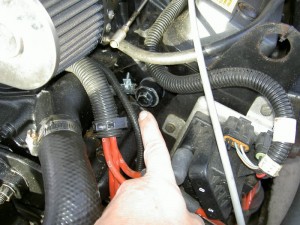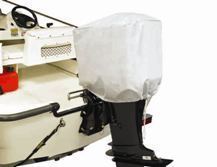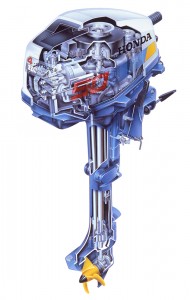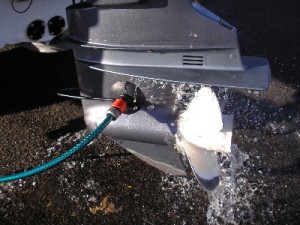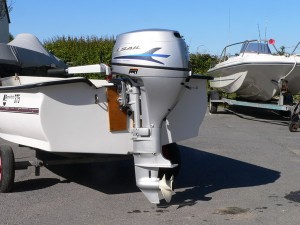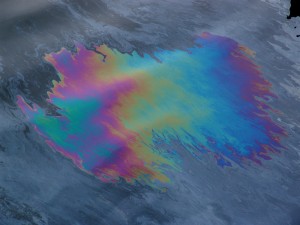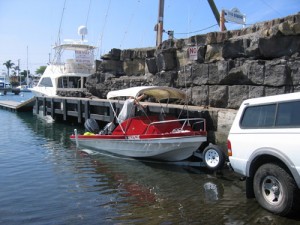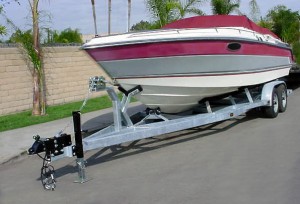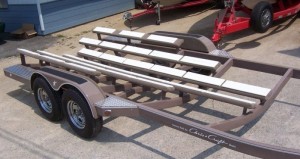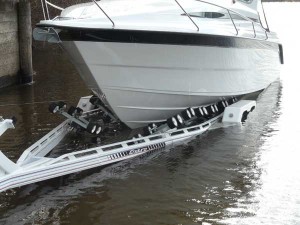What to Do When Your Engine Overheats: Part Two
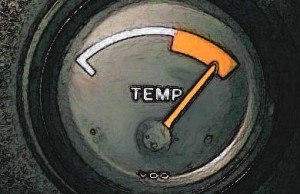 If you see the temperature gauge rising, immediately turn the engine off and put up your warning flag for other boaters. Allow your boat to float freely for a few minutes; this will allow the engine to cool and let any debris that may be clogging the system to break free. While the engine is cooling down, open the hatch to the engine room, close the through-hull valve and inspect the strainer. If the strainer is clean, take a look in the through-hull valve to check for water flow into the strainer.
If you see the temperature gauge rising, immediately turn the engine off and put up your warning flag for other boaters. Allow your boat to float freely for a few minutes; this will allow the engine to cool and let any debris that may be clogging the system to break free. While the engine is cooling down, open the hatch to the engine room, close the through-hull valve and inspect the strainer. If the strainer is clean, take a look in the through-hull valve to check for water flow into the strainer.
If you have no water flow your intake is clogged, which actually means you are in luck. Simply rid the obstruction from the system, put the strainer back in and you’re good to go. Of course, you will want to monitor the temperature gauge closely for the rest of the day. When you get back to the dock, thoroughly examine the engine to look for any extensive damage; I also recommend putting in some new Evinrude XD100 oil. Tomorrow will go over what to do if your engine problem is more than a simple clog.


